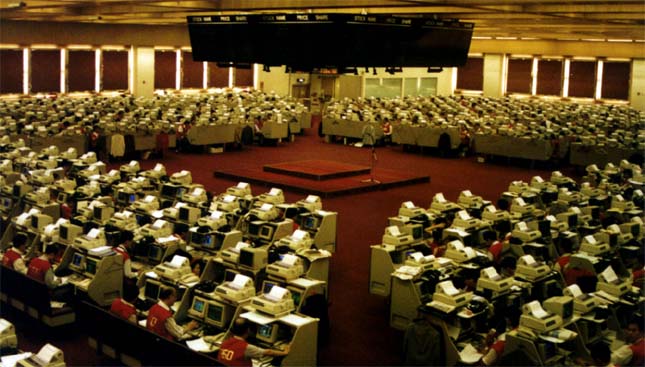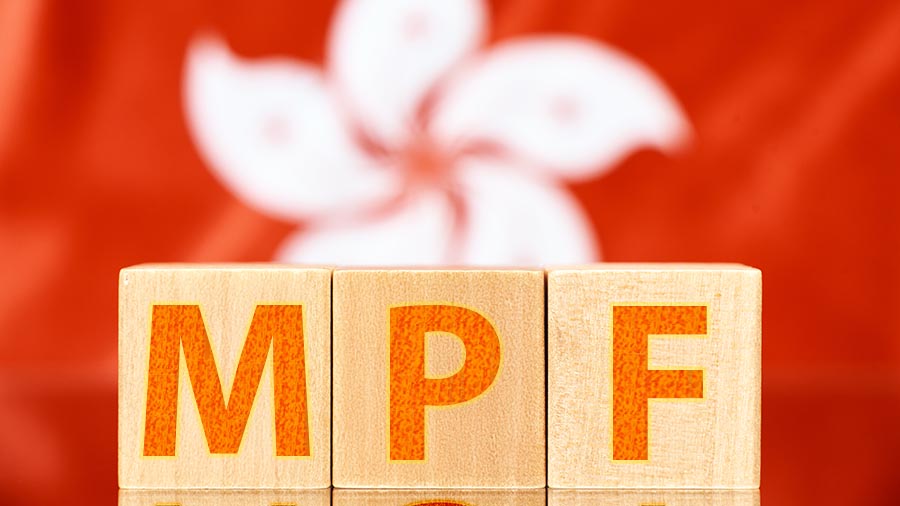Oh Shanghai, where art thou?

The development of the city into an international financial center has stalled
SINGAPORE, Feb. 29 – The much lauded attempts to reposition Shanghai as a regional financial center appear to have ground to a complete halt. Statements made just a few years ago such as “In five years we will overtake Hong Kong” and “Shanghai will be the Asian operating headquarters for the world’s multinationals” have proven hollow.
The death of Shanghai as a regional financial center to some extent has been self inflicted. Corruption at the highest levels and the demise of the previous hierarchy of Jiang Zemin and Zhu Rongji has hastened the collapse of the integrity of financial services exposing the already over-hyped city’s true capabilities.
Indeed, mention the words “financial services” in Shanghai these days and one is more likely to be talking about cold calling salesmen phoning up expatriates to sell life assurance schemes. So what went wrong?
Firstly, Shanghai was completely oversold. As one of the few brand name cities in China, it had a certain glamorous cache, harking back to its past as a colonial trading center for the first half of the last century. Plus with the Chinese central government of the mid 1980s to late 1990s originating from Shanghai, it seemed the city could do no wrong.
Lujiazui was developed as a “financial center” with low tax rates designed to attract banks. The skyscrapers blossomed and everyone marveled at the miracle. But down on the ground, a handful of impressive skyscrapers hid the big lie. You can’t have an international financial center without having an internationally tradable currency. The RMB remained firmly fixed, initially to the U.S. dollar and then, more recently, to a basket of currencies, yet the entire time not opening tradable on the market.
Secondly, the stock markets remained closed to outside investors. Foreigners could not invest in domestic Chinese stocks. The reason, many suspect, is that to do so, Chinese companies would have to be scrutinized to international audit standards and the government knew – and still knows – they would just not stand up to the test. Even today, access to purchase shares in Chinese domestic companies is routed, with the exception of the much maligned A shares – through Hong Kong. Shanghai and Shenzhen remain closed, essentially, to foreign investors.
Thirdly, the regulatory regime seriously restricts foreign investment into China’s banking and financial arenas, with partnerships highly scrutinized and only small stake-holdings permitted. Again, China’s banks just could not stand up to the pressure of competing with international banks, so the door remains very nearly shut, opened for small packages of shares on very rare occasions.
So without access to RMB transactions, stock markets, or the banking system, what does Shanghai have to offer as an international financial center?
Move over to Hong Kong, just two hours flight south, and the difference is quite apparent. The Hong Kong dollar is freely tradable, forex shops line the busy streets of Central and Tsimshatsui, and foreign banks abound. The stock market is open, and even has an incubator index (GEM) plus a regulatory authority separate from the government. Money flows in and out and the markets are quoted globally. It is Chinese, is so far as the larger mainland Chinese companies list in Hong Kong to gain access to international funds. Shanghai, meanwhile, exists on listing Chinese companies seeking to obtain local RMB funding. While Hong Kong has become the worlds trading house for Chinese stocks of international standards, Shanghai is relegated to the scraps of yuan traded local stocks.
It could yet get even worse. Beijing, shocked by Shanghai’s corruption and arrogance following the heady days of the late 1990s, when it seemed Shanghai on occasion ruled China, has set up its own financial street. The world’s larger banks are setting up there, rather than in Shanghai. Why? The banks want not Shanghai – but a piece of China. That requires strong contacts at a ministerial level and patient lobbying processes, all of which require a capital. The seat of power in China’s financial strategy has shifted well away from Shanghai these days.
Meanwhile, and perhaps even more telling, a five hour flight south-west brings us to Singapore. Again, the Singapore dollar is freely traded, the stock exchange is open, and those little forex shops line the avenues of Suntec Plaza and Orchard Road. The city is successfully positioning itself as the financial centre for ASEAN – the bloc of Asian countries that includes Burma, Brunei, Cambodia, Indonesia, Laos, Malaysia, Philippines, Thailand and Vietnam, as well as deal making for investments into and out of India. While Hong Kong stole away Shanghai’s financial heart, Singapore is making off with the region’s. Collectively, a growth rate of some 7 percent amongst these countries last year makes healthy reading, with a wide spread of risk. Tellingly, the entire region has an average, albeit widely fluctuating per capita income per annum of US$7,533, as against China’s average of US$2,459 for 2007 (statistics from Jetro Japan).
So Shanghai, where art thou?A small regional player in a protected China market of its own: yes. An international financial center: no.
Related article
ASEAN average per capita GDP more than triple that of China’s
- Previous Article China securities regulator appoints new vice-chairman
- Next Article China allows more foreign banks to incorporate locally























